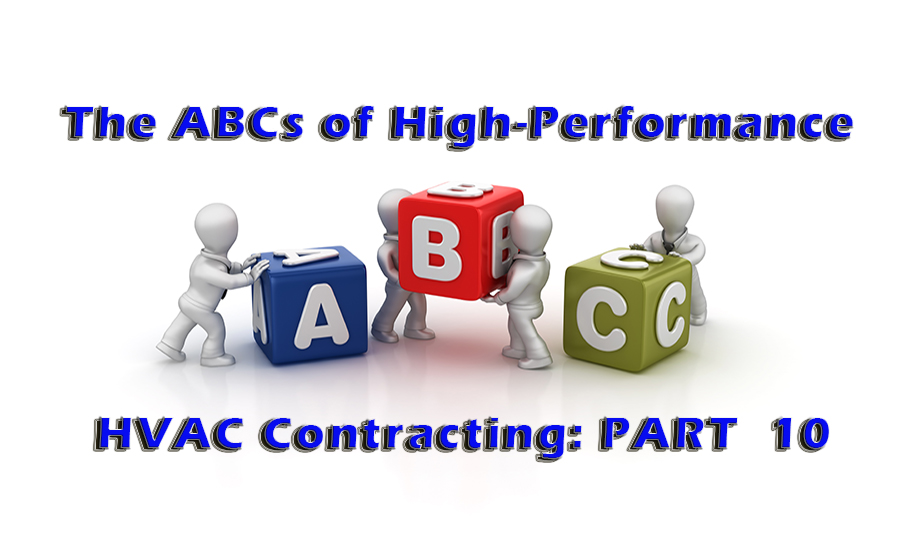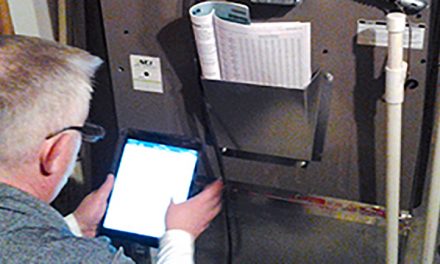Follow-up on all Leads

One follow-up method is to call the customer and go over the results of your testing and diagnostics. Include suggestions for what next steps could be taken.
There are a number of ways to follow up. A popular low-pressure approach is to call and explain that you were reviewing the service ticket from their visit and noticed the system’s pressures seem higher than they should be.
You could ask some leading comfort questions, and once the customer understands there may be an issue, you can offer to come out to take a closer look ‘ just to be sure there won’t be long-term consequences of running the system that way.
Contractors who use this approach have reported tremendous success with closing rates over 80% – usually with no competition.
One High-Performance Contractor in South Carolina has been using this approach for years with phenomenal success.
‘When I follow up a service ticket showing high statics, 90% of the time the customer welcomes a visit from me,’ he says.
‘So far I’ve closed sales ranging from a simple air upgrade to a complete change out and total duct makeover at very nice margins.
‘In all the years I’ve been doing this, I’ve never seen an approach that generates replacement and renovation business out of thin air as this one does,’ he adds.
 Keep It Simple
Keep It Simple
When your technician is attempting to share his or her findings with the homeowner, he or she needs to keep it as simple as possible, using layman terms and analogies the homeowner can relate to.
Don’t confuse people with technical terms like CFM, inches of water column, or BTUH. When discussing static pressure compare it to blood pressure. Everyone knows high blood pressure is not a good thing.
You can also increase your credibility significantly with third-party leave behinds, like NCI’s Home Comfort Reports series of brochures and pamphlets, and by using software like ComfortMaxx’ or NCI’s free AirMaxx Lite App.
The smart device app is available at no cost in both the Apple App store (ncilink.com/AML1A) and Google Store (ncilink.com/AML1D) for Android devices. It allows you to show the homeowner key indicators of how their system is performing using easy-to-understand graphics right on your smartphone.
Catch Up On All the Installments of this Series:
 Part 1: What is High-Performance HVAC and Why Do It? ncilink.com/ABCs-1
Part 1: What is High-Performance HVAC and Why Do It? ncilink.com/ABCs-1
Part 2: Is It the Right Fit for Your Company? ncilink.com/ABCs-2
Part 3: Five Steps for Becoming A Performance-Based Contractor. ncilink.com/ABCs-3
Part 4: Five More Steps for Becoming A Performance-Based Contractor. ncilink.com/ABCs-4
Part 5: Your Investment in Performance. ncilink.com/ABCs-5
Part 6: The Five Keys to Quality Training. ncilink.com/ABCs-6
Part 7: The Right Tools for the Job. ncilink.com/ABCs-7
Part 8: High-Performance Selling – Prepare for the Call. ncilink.com/ABCs-8
Part 9: Six Steps of High-Performance Selling. ncilink.com/ABCs-9
Click below for next page













Recent Comments